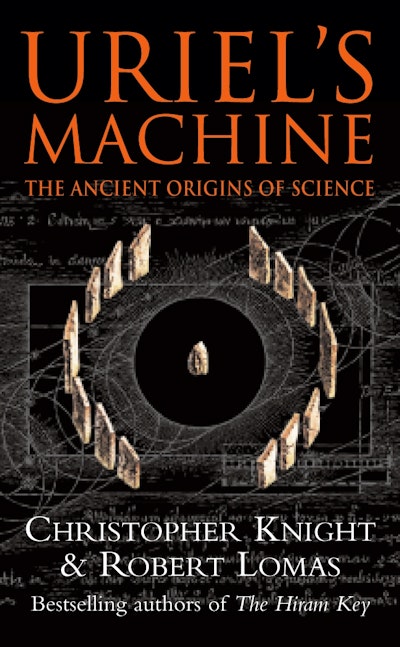[]
- Published: 6 October 2000
- ISBN: 9780099281825
- Imprint: Arrow
- Format: Paperback
- Pages: 624
- RRP: $39.99
Uriel's Machine
Reconstructing the Disaster Behind Human History
Buy from…
- Published: 6 October 2000
- ISBN: 9780099281825
- Imprint: Arrow
- Format: Paperback
- Pages: 624
- RRP: $39.99
A Plausible explanation of how prehistoric societies could have developed astronomical observatories such as Stonehenge for practical reasons
Sunday Times
The book is superb... the insights that it opens in a series of varied fields, tying them in logically to each other, is very lucid
Howie Firth, Director of the Orkney Science Festival
